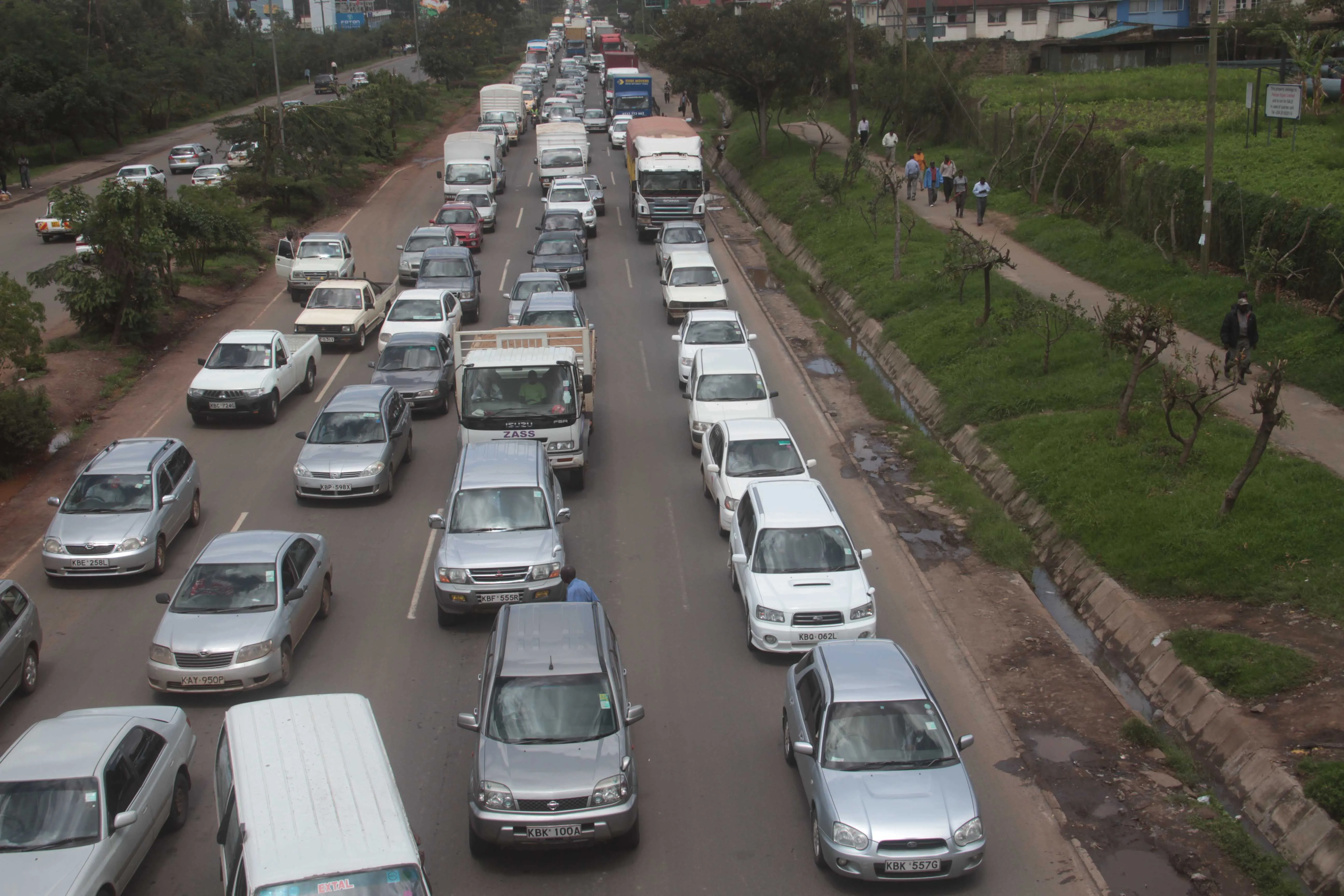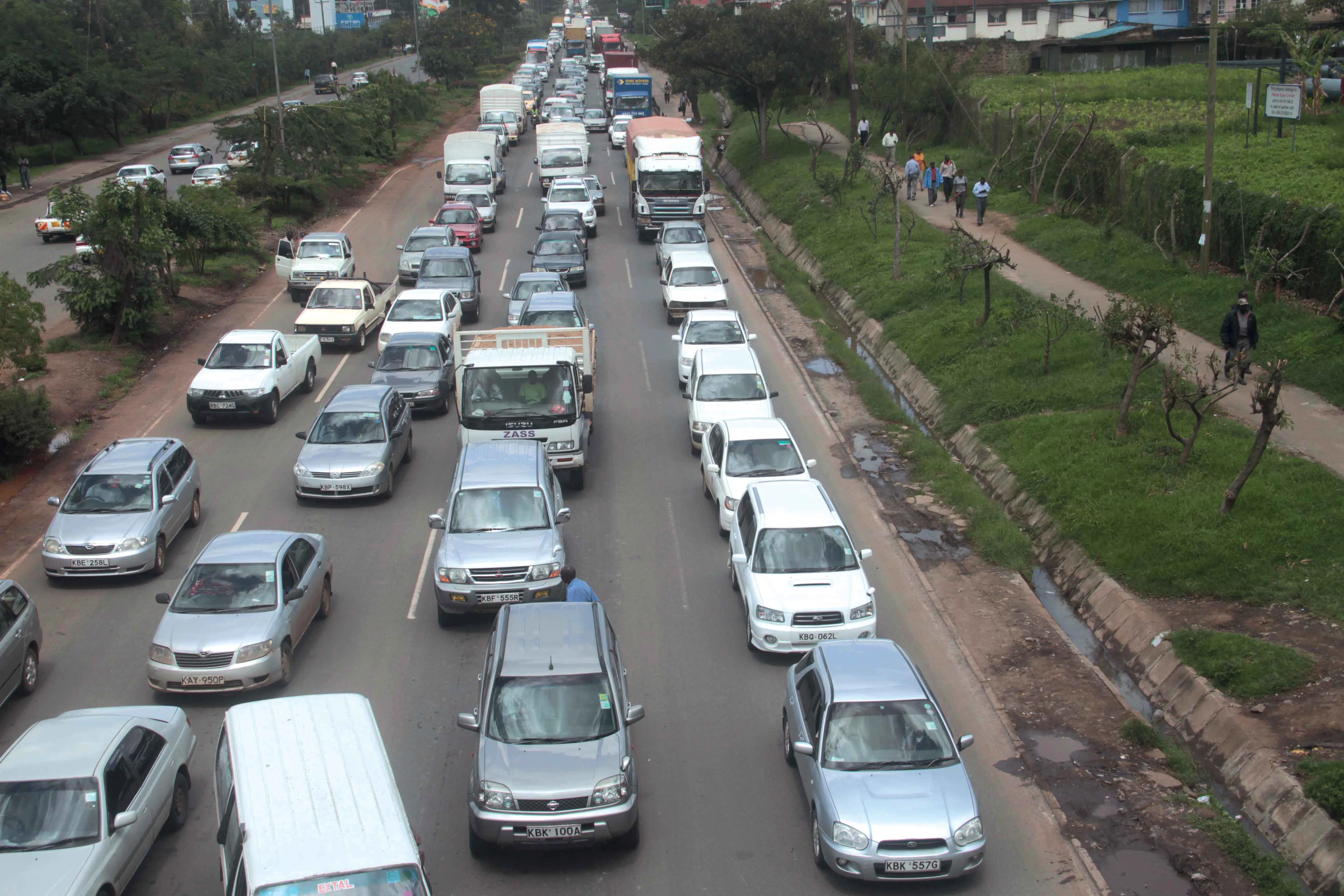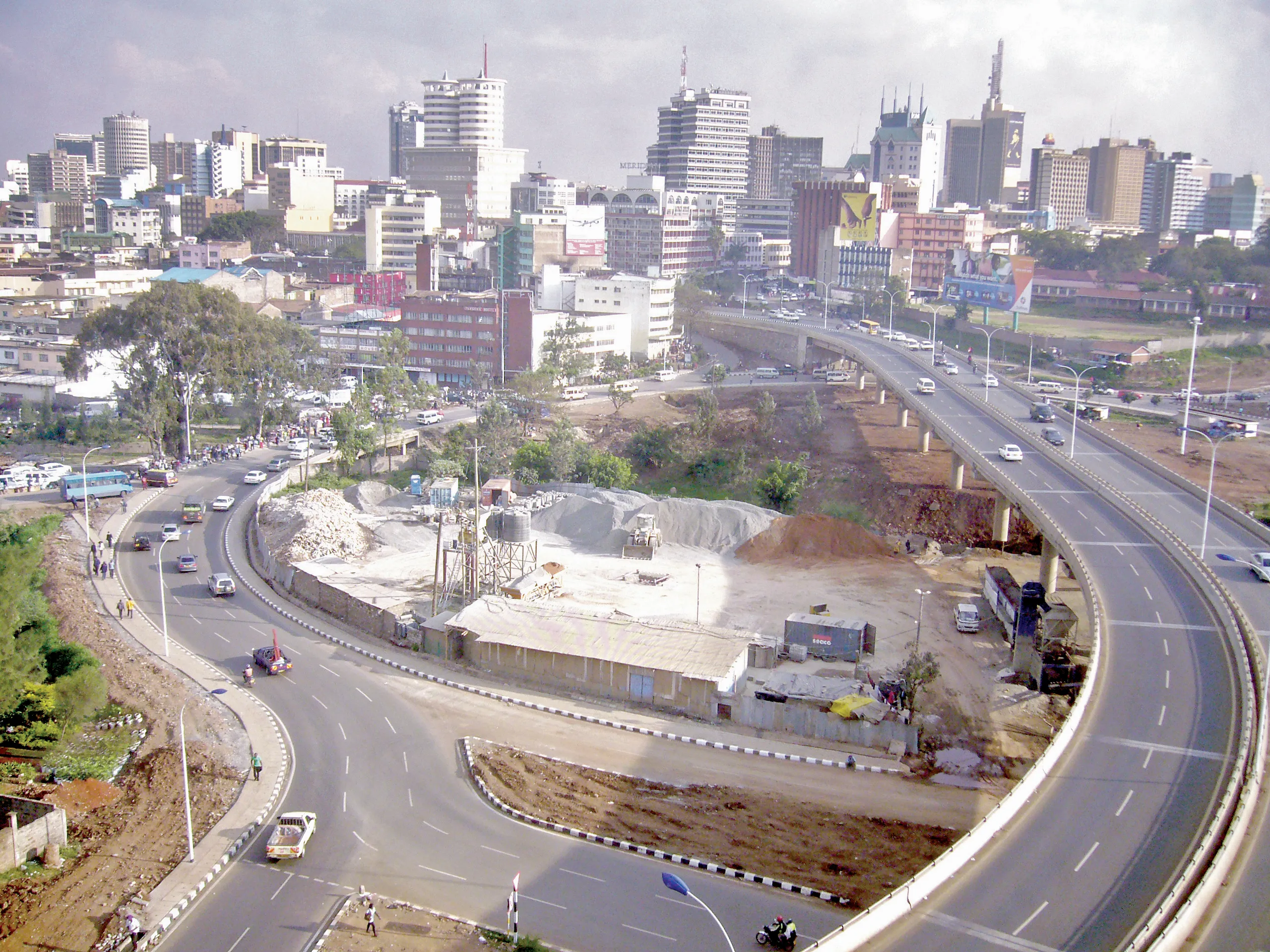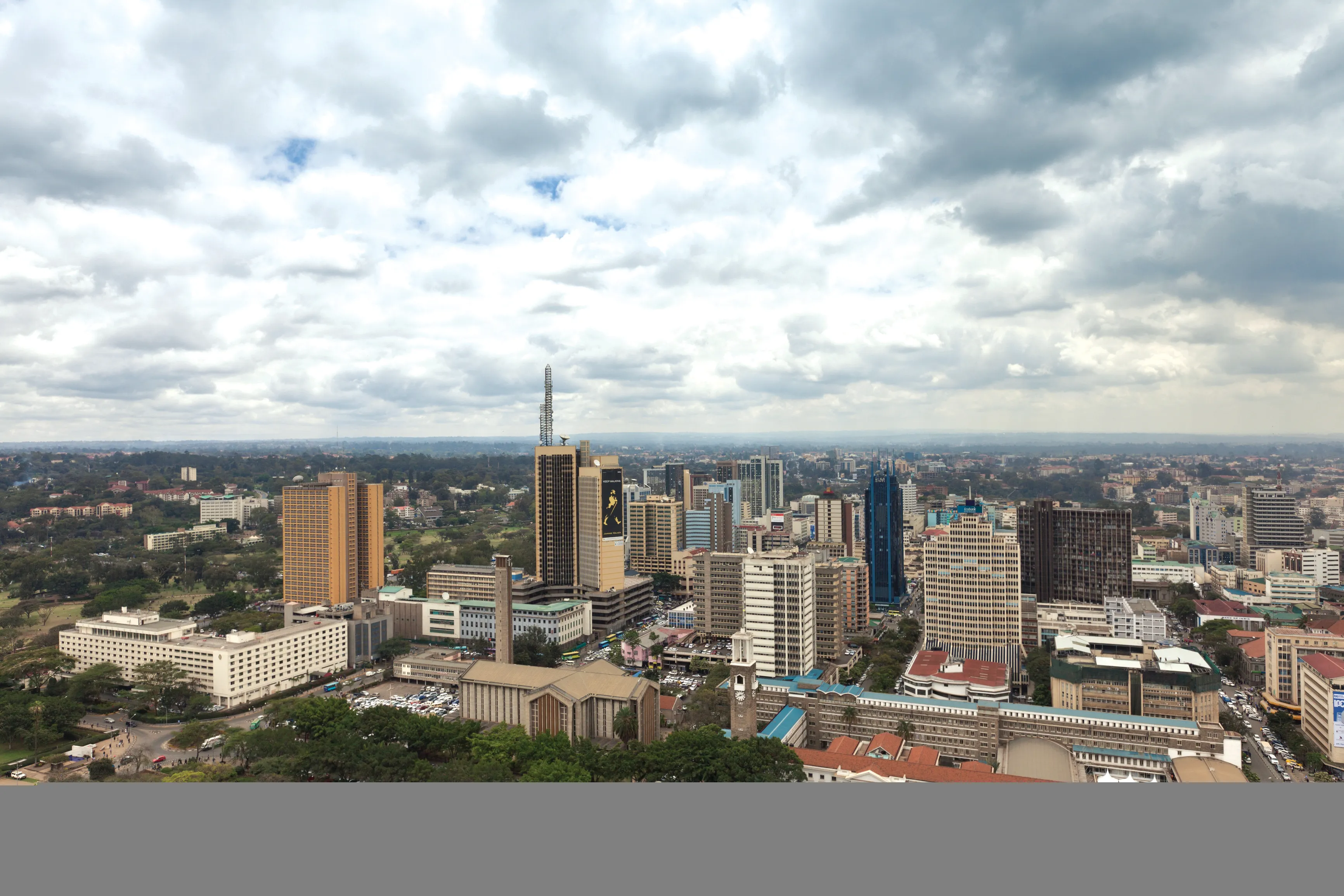New junctions could cut chronic congestion in Kenyan capital Nairobi – Shem Oirere reports Kenya plans to replace all T-junctions in the country’s capital Nairobi with acceleration and deceleration lanes to address a crippling vehicle traffic regime estimated to consume $580,000 daily. “We will replace the junctions with acceleration and deceleration lanes,” said John Mosonik, the principal secretary in Kenya’s ministry of transport.
He said the acceleration lanes, which allow cars joining the main road t
June 30, 2014
Read time: 4 mins
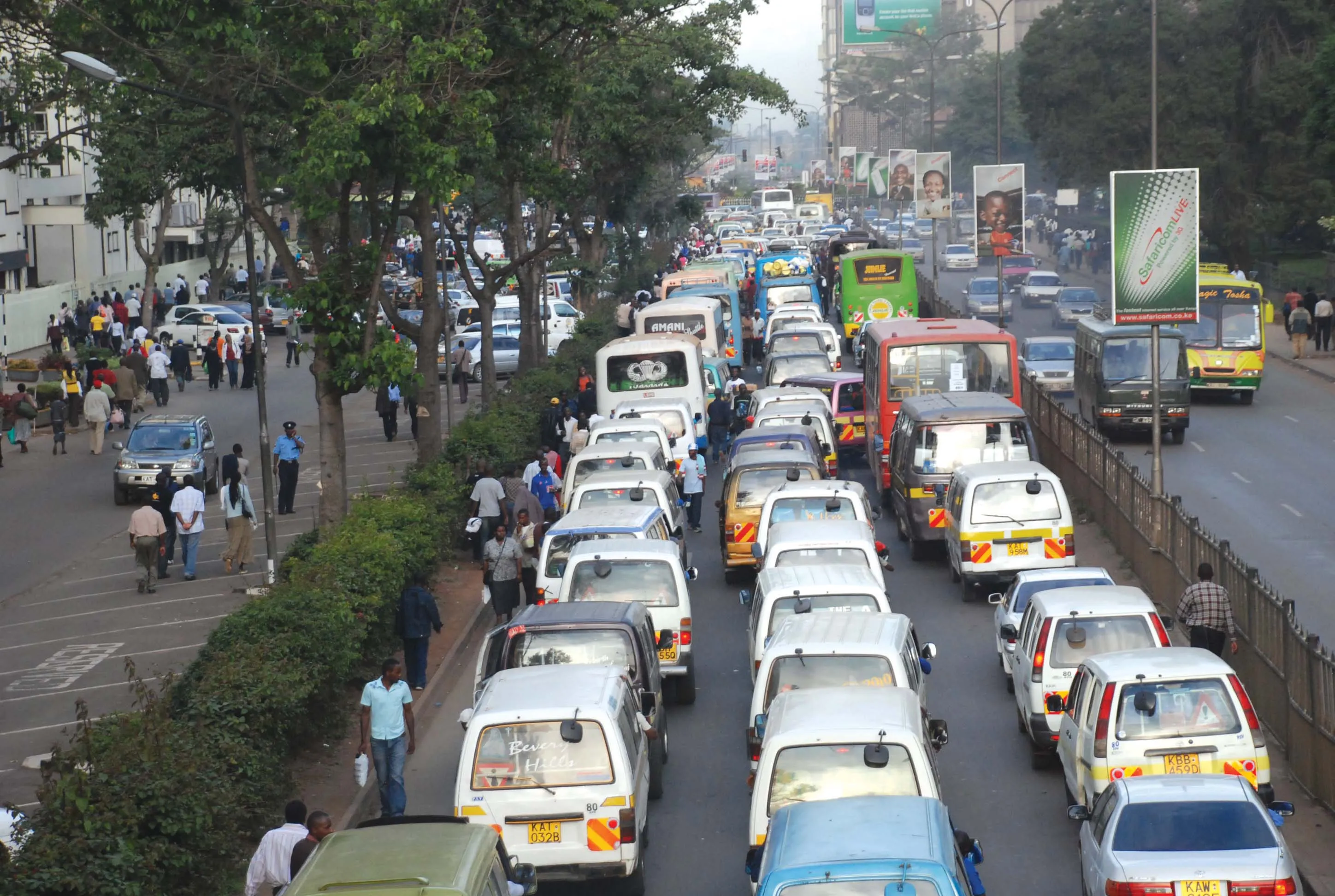
New junctions could cut chronic congestion in Kenyan capital Nairobi – Shem Oirere reports
Kenya plans to replace all T-junctions in the country’s capital Nairobi with acceleration and deceleration lanes to address a crippling vehicle traffic regime estimated to consume $580,000 daily. “We will replace the junctions with acceleration and deceleration lanes,” said John Mosonik, the principal secretary in Kenya’s Ministry of Transport.
He said the acceleration lanes, which allow cars joining the main road to speed up to match the flow of traffic, and the deceleration lanes, which enable exiting cars to slow at safe speed and make either a left or right turn without affecting traffic flow, are a better alternative to ending the traffic nightmares.
“The government has set aside Sh2 billion ($22.8 million) in the 2014/2015 national budget for this construction,” he said.
The more than 60 junctions in Nairobi, many of them with a minor road connecting to a major one, are either controlled by traffic lights or rely upon drivers to obey the right of way rules. The law requires the driver of a vehicle which is approaching the T-junction’s major road to stop and allow through traffic before joining the flow. Police also use hand motions to control traffic on these junctions.
The initiative to replace the T-junctions is in addition to the $11.4 million general widening of lanes at all road junctions in the city, which the2639 Kenya National Highways Authority (KeNHA) says is cheaper than constructing underpasses and flyovers. KeNHA is an autonomous state road agency that manages, develops, rehabilitates and maintains international trunk roads linking centres of international importance and crossing international boundaries or terminating at international ports.
“Congestion of vehicles normally occurs at the junctions and it is important that their capacity is increased to accommodate more vehicles,” said Meshack Kidenda, the director- general of KeNHA in an interview with Business Daily newspaper last month.
He said additional lanes, to be constructed by the6679 Kenya Urban Roads Authority, another state road agency, would enable more vehicles at the usually congested junctions.
The replacement of T-junctions and widening of others in Nairobi is but one of the many initiatives recently unveiled to address the problem of traffic jams in the capital.
Earlier, Nairobi County Governor Evans Kidero deployed 300 traffic Marshalls to regulate and monitor traffic at all the capital’s intersections. The Marshalls, who were trained under a $981,000 World Bank-funded programme, ensure compliance with digitised traffic lights and have also freed police officers to concentrate on following-up on motorists caught on camera violating the traffic rules. The city has 45 Closed-Circuit Television (CCTV) cameras deployed in designated areas.
“By deploying the traffic Marshalls, we want police officers currently manning our roads, to do their primary function— fighting insecurity,” said Kidero.
The government has also recently launched a command centre to ease traffic in the city, with an estimated 300,000 vehicles plying on its 2,977km of roads.
The centre, which was launched with funding from the Chinese Government, coordinates traffic and enables crime management using digital CCTV cameras. The digital system Controls traffic with the newly installed traffic lights with countdown timers.
“The new command centre will have a major impact in terms of traffic jam reduction and also in nabbing traffic offenders around Nairobi. We have installed CCTV all over major roads in the city and trained police on how to use them,” said Edward Mwamburi, the Nairobi traffic chief.
He said the $5 million integrated camera and traffic lights have been synchronised “in such a way that operators in the control room can control the flow.”
Inspector General of Police David Kimaiyo, who estimates deaths from traffic accident deaths to be around 3,000 people annually, said the cameras will be on every second of the day “whether it is congested traffic jam, free flowing traffic or late at night.”
“Evidence for any traffic offence will be in digital format, and probably if the court orders, we can have them printed on paper,” he said.
“The cameras will capture speeding vehicles through number plate recognition and also record other crime activities at selected areas.”
Construction of new bypasses, underpasses, flyovers and missing links in Nairobi has been another strategy employed by the government to decongest the city.
The Nairobi Eastern bypass, funded by Kenya and China, is expected to divert vehicle traffic from the city centre to Thika Road from the busy Mombasa Road. The Northern bypass will also absorb more vehicles through Thika Road to Ruaka before connecting to the Nairobi-Nakuru highway.
China is also funding the upgrading of Langata Road to a two lane dual carriage with ongoing construction of an underpass at the Bomas Junction.
Kenya plans to replace all T-junctions in the country’s capital Nairobi with acceleration and deceleration lanes to address a crippling vehicle traffic regime estimated to consume $580,000 daily. “We will replace the junctions with acceleration and deceleration lanes,” said John Mosonik, the principal secretary in Kenya’s Ministry of Transport.
He said the acceleration lanes, which allow cars joining the main road to speed up to match the flow of traffic, and the deceleration lanes, which enable exiting cars to slow at safe speed and make either a left or right turn without affecting traffic flow, are a better alternative to ending the traffic nightmares.
“The government has set aside Sh2 billion ($22.8 million) in the 2014/2015 national budget for this construction,” he said.
The more than 60 junctions in Nairobi, many of them with a minor road connecting to a major one, are either controlled by traffic lights or rely upon drivers to obey the right of way rules. The law requires the driver of a vehicle which is approaching the T-junction’s major road to stop and allow through traffic before joining the flow. Police also use hand motions to control traffic on these junctions.
The initiative to replace the T-junctions is in addition to the $11.4 million general widening of lanes at all road junctions in the city, which the
“Congestion of vehicles normally occurs at the junctions and it is important that their capacity is increased to accommodate more vehicles,” said Meshack Kidenda, the director- general of KeNHA in an interview with Business Daily newspaper last month.
He said additional lanes, to be constructed by the
The replacement of T-junctions and widening of others in Nairobi is but one of the many initiatives recently unveiled to address the problem of traffic jams in the capital.
Earlier, Nairobi County Governor Evans Kidero deployed 300 traffic Marshalls to regulate and monitor traffic at all the capital’s intersections. The Marshalls, who were trained under a $981,000 World Bank-funded programme, ensure compliance with digitised traffic lights and have also freed police officers to concentrate on following-up on motorists caught on camera violating the traffic rules. The city has 45 Closed-Circuit Television (CCTV) cameras deployed in designated areas.
“By deploying the traffic Marshalls, we want police officers currently manning our roads, to do their primary function— fighting insecurity,” said Kidero.
The government has also recently launched a command centre to ease traffic in the city, with an estimated 300,000 vehicles plying on its 2,977km of roads.
The centre, which was launched with funding from the Chinese Government, coordinates traffic and enables crime management using digital CCTV cameras. The digital system Controls traffic with the newly installed traffic lights with countdown timers.
“The new command centre will have a major impact in terms of traffic jam reduction and also in nabbing traffic offenders around Nairobi. We have installed CCTV all over major roads in the city and trained police on how to use them,” said Edward Mwamburi, the Nairobi traffic chief.
He said the $5 million integrated camera and traffic lights have been synchronised “in such a way that operators in the control room can control the flow.”
Inspector General of Police David Kimaiyo, who estimates deaths from traffic accident deaths to be around 3,000 people annually, said the cameras will be on every second of the day “whether it is congested traffic jam, free flowing traffic or late at night.”
“Evidence for any traffic offence will be in digital format, and probably if the court orders, we can have them printed on paper,” he said.
“The cameras will capture speeding vehicles through number plate recognition and also record other crime activities at selected areas.”
Construction of new bypasses, underpasses, flyovers and missing links in Nairobi has been another strategy employed by the government to decongest the city.
The Nairobi Eastern bypass, funded by Kenya and China, is expected to divert vehicle traffic from the city centre to Thika Road from the busy Mombasa Road. The Northern bypass will also absorb more vehicles through Thika Road to Ruaka before connecting to the Nairobi-Nakuru highway.
China is also funding the upgrading of Langata Road to a two lane dual carriage with ongoing construction of an underpass at the Bomas Junction.


